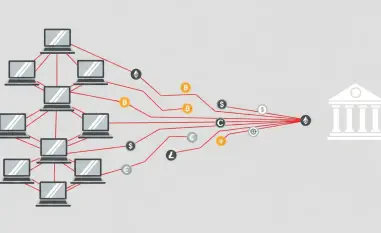In an era where digital threats are becoming increasingly sophisticated, a disturbing trend has emerged involving state-sponsored actors leveraging cutting-edge technology to execute cyberattacks. Reports have surfaced detailing how North Korean hackers are employing artificial intelligence (AI) to craft highly realistic forged documents, specifically military identification cards, as part of elaborate phishing schemes. These deceptive tactics are designed to trick individuals into revealing sensitive information or granting access to secure systems. The use of AI in such attacks marks a significant evolution in cyber warfare, raising alarms across global cybersecurity communities. As malicious actors harness readily available AI tools to enhance their strategies, the challenge of defending against these threats grows more complex, pushing the boundaries of traditional security measures.
Unveiling the AI-Driven Deception
The ingenuity of North Korean hackers lies in their ability to exploit AI for creating counterfeit military IDs that appear strikingly authentic, making it difficult for even trained professionals to spot discrepancies. These forged documents are often used in phishing attacks to impersonate credible military personnel or officials, thereby gaining the trust of unsuspecting targets. Typically, victims receive emails or messages that appear legitimate, prompting them to click on malicious links or share confidential data. The precision of AI-generated content adds a layer of believability that traditional phishing attempts often lack. This tactic not only increases the success rate of such scams but also targets sensitive sectors like defense and government, where the stakes are extraordinarily high. As AI technology becomes more accessible, the potential for widespread misuse in crafting such deceptive materials grows, posing a significant risk to both individuals and organizations that rely on digital communication for critical operations.
Escalating Challenges in Cybersecurity
Beyond the immediate threat of phishing, the broader implication of AI’s role in cyberattacks is the escalating challenge it presents to cybersecurity frameworks worldwide. Traditional detection methods, often based on recognizing patterns of known threats, struggle to keep up with the dynamic and innovative approaches enabled by AI. North Korean actors, known for their state-sponsored cyber operations, are continuously adapting to countermeasures, using AI to stay ahead of defense mechanisms. This trend signals a paradigm shift, where the democratization of advanced tools could empower a wider range of malicious entities to launch sophisticated attacks. The urgency to develop advanced detection systems capable of identifying AI-generated content has never been greater. Moreover, fostering awareness among potential targets about the nature of these evolved threats is critical to reducing vulnerability. International cooperation also emerges as a key factor, given the geopolitical motivations often driving such cyber activities.
Strengthening Defenses Against Evolving Threats
Reflecting on past responses to these sophisticated phishing attacks, it became evident that a proactive stance was essential to counter the innovative methods deployed by North Korean hackers. Cybersecurity experts had advocated for the integration of cutting-edge technologies to detect anomalies in digital content, focusing on subtle markers of AI-generated materials. Training programs were rolled out to educate employees in high-risk sectors about the nuances of modern phishing tactics. Collaborative efforts among nations had gained momentum, with shared intelligence helping to trace and mitigate state-sponsored threats. Looking ahead, the focus should shift toward developing robust protocols that anticipate future advancements in AI misuse. Investing in research for counter-AI technologies and fostering global partnerships will be crucial steps in safeguarding digital infrastructures. As the cyber threat landscape continues to evolve, staying ahead requires not just reaction but anticipation of the next wave of deceptive strategies.













